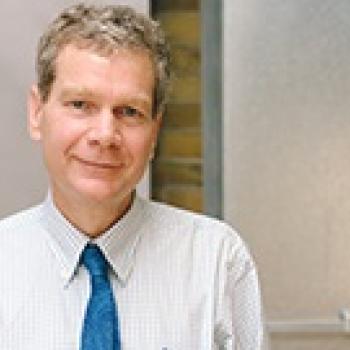PPPs and the World Bank have gone hand-in-hand since the model’s inception. Developing countries struggle to address infrastructure investment deficits without PPPs and struggle to get PPPs off the ground without the backing of multilateral development banks (MDBs).
But although the World Bank still has a remit on lending and advising on PPPs, its focus has been switching to cover wider infrastructure and supporting and educating the public sector in however it looks to deliver projects. And this more flexible approach includes a drive for MDBs to work together to provide the best support for governments.
Laurence Carter, senior director of the World Bank Group’s PPP group, has seen this shift ramp up since he joined the World Bank in 2014. Starting with the International Finance Corporation (IFC) in 1993 focusing on Eastern Europe, Carter transferred to the World Bank in Washington, DC, when the bank reorganised itself with a move away from a geographical focus to a sectoral one. Five cross-cutting areas were established: climate; gender; jobs; working in fragile and conflict countries; and PPPs – which Carter now heads.
PPPs remain the backbone of his remit, but the group is about to be renamed ‘infrastructure and PPPs’ to reflect a move away from focusing on how projects are financed to the quality of the services that are delivered through those projects.
Carter thinks this is a natural move, mirroring how the model has developed in mature countries for PPP. “I think the name change reflects the evolution of places like the UK, where it started as PPP and then became infrastructure and now major projects,” he says.
The name change also reflects a desire to change the perception of the bank. Carter says the new ‘joined-up’ structure is about offering clients solutions and “moving away from the idea that each part of the World Bank is selling a product”.
Culture of collaboration
Along with offering a more joined-up product, Carter says the bank is also pushing for more collaboration with other MDBs to drive this agenda. Carter says this culture of collaboration is already strengthening, stimulated by a couple of drivers.
“It seems in the last five years there has been a resurgence in the interest in infrastructure more widely. The adoption of the sustainable development goals (SDGs) made clear that the targets cannot be achieved by development aid and the public sector alone. The role of the private sector is critical and the MDBs are at the coal face of doing that,” he says.
“There is also a strong push by some investors – particularly institutional investors – to get more into infrastructure. We have seen some commercial banks become more cautious due to Basel III but institutional investors have become very interested and are looking at the MDBs to help them get into emerging markets.”
“There’s a determination from the World Bank to really push the cross-cutting infrastructure agenda in addition to the sector work and all the while collaborating with the other MDBs,” he says. “None of us can do this alone.”
This article in an excerpt from an interview originally published in the Partnerships Bulletin magazine


